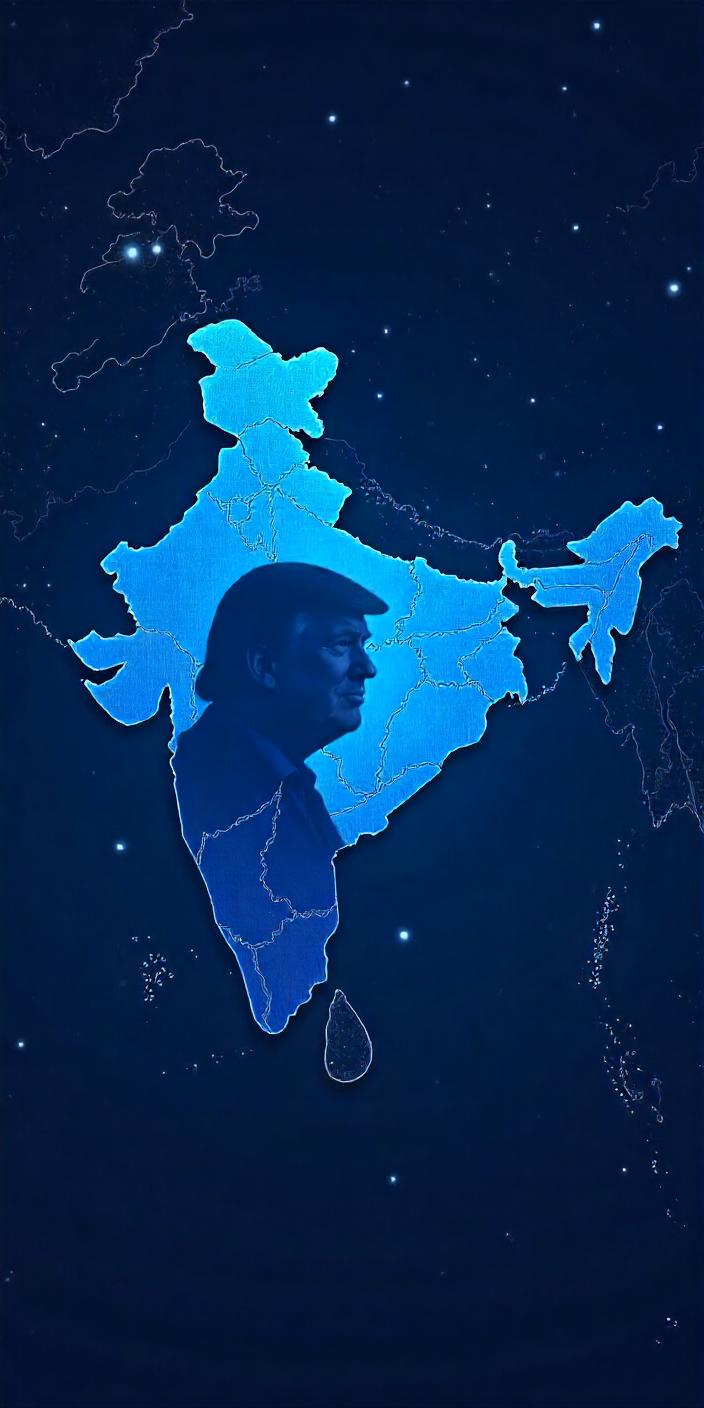As US President Donald Trump’s Liberty Day tariff is introduced, a number of economic commentators have begun saying this is an opportunity for India, not unlike the 1991 balance-of-payments crisis it faced, which led to the economic reforms.
The assumption here is that Trump’s Tariffs could force the Indian government to lower the import tariffs it has been implementing over the past few years, and Indian businessmen to face a free market economy.
On the surface, those arguments seem logical. But did a bit deeper, and the problems that the Indian government and Indian businessmen need to sort out are very different this time.
When the Indian economy started being opened up from 1991, the primary goal was to open up the markets and manufacturing in different sectors in a graded manner. It did succeed – India has attracted a large amount of FDI over the decades and many global manufacturing and service companies have set up shop in India, either directly or through partnerships with Indian business houses. Some big Indian business names could not adapt, but plenty of others did quite well – the Tatas, the Bajajs, the Godrejs, the Mahindras, the AV Birla group etc. Indian domestic champions like Reliance Industries and Adani Group also flourished.
The underlying problems – of the Indian regulatory red tape at all levels, the lower productivity and lack of skills of the workforce, the erratic and high-priced power, the problems of land acquisition, the endless legal battle to enforce even basic contracts because of the state of the Indian judiciary, and the issue of higher logistic costs were never addressed. Over the past decade, two additional problems have emerged – policy uncertainty and creeping protectionism, characterized by higher tariffs and non-tax regulations.
These issues have plagued Indian and global manufacturers and entrepreneurs equally. Several US companies – Ford and GM are two notable names – invested billions before exiting. Many big investors in different sectors looking to reduce dependence on China looked seriously at India before choosing other bases, including Vietnam.
India’s manufacturing share in GDP has crept down – not upwards. And despite the cost of labour in China creeping up, India has not managed to take away any manufacturing from it.
That is why, this is not India’s 1991 moment redux but an entirely different set of problems – it is India’s 2025 problems and it requires solutions that are attuned to the issues of today.
India’s businessmen – especially those in manufacturing – need to start thinking of becoming globally price and quality competitive instead of making large profits by selling lower quality, higher priced (only to some extent because of higher taxes) products to domestic consumers. The fact is, a few Indian business houses have flourished and grown bigger not because they are globally efficient – but because they have learnt to manage the system. They have expanded into other sectors to tap the domestic market instead of becoming world beaters in multiple sectors. Yes, some of them have bought companies abroad to tap specific markets but that is where it stops. There are relatively few manufacturing companies in India that can take on global competition on an even footing. Even our recent mobile assembly would not have been a success without the generous PLI.
Of course, the problems the governments – and by that the state governments as well as the Union government – need to address are far more. Setting up a business – especially a manufacturing business – in India has to be easier than it is – and that means addressing dozens of regulations at every level, from the Union government level to the district and local level. Also, skill development programmes of the kind India runs are going to be useless unless basic education issues are fixed.
There are many people who say that China could do it because it had a communist dictatorship and Indian cannot because it is a democracy. That is not right. The Chinese rise started when it set up a territory within the country which was a fully free-market experiment. Domestic entrepreneurs had huge freedom to do things but they had to compete ruthlessly with other Chinese entrepreneurs. The government encouraged scale thinking but it also encouraged moving up the value scale. Many Chinese manufacturers started by reverse engineering the best products available globally but developed their own products that were better. China may have copied western automakers in internal combustion engines but it left them behind in Electric Vehicles because they had a global outlook and ambition.
Contrast that with the Indian pharmaceutical industry which proved great at reverse engineering already existing drugs – but could not graduate to the level of creating new original drugs of their own. This is where India is falling behind.
The final issue is that for decades India has chased inefficient skill development programmes that have had no great success. It should instead focus on fixing our basic school, college and university education first. Without that, many other problems like lack of productivity and high end skills will always remain.











Add comment